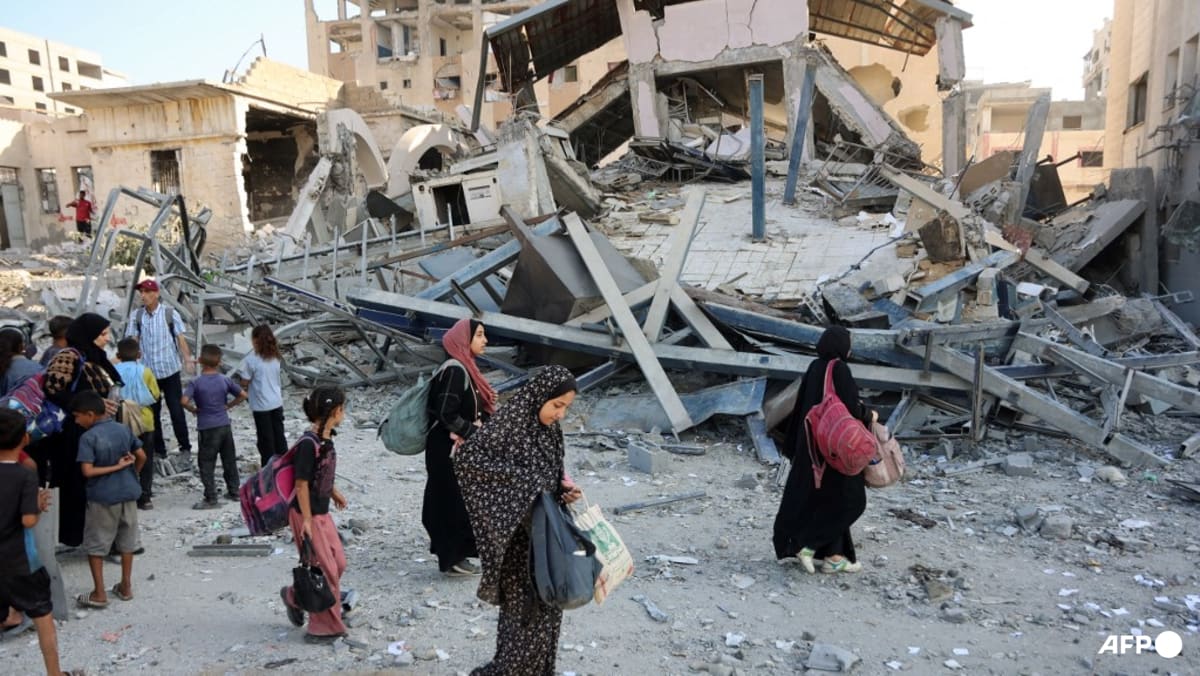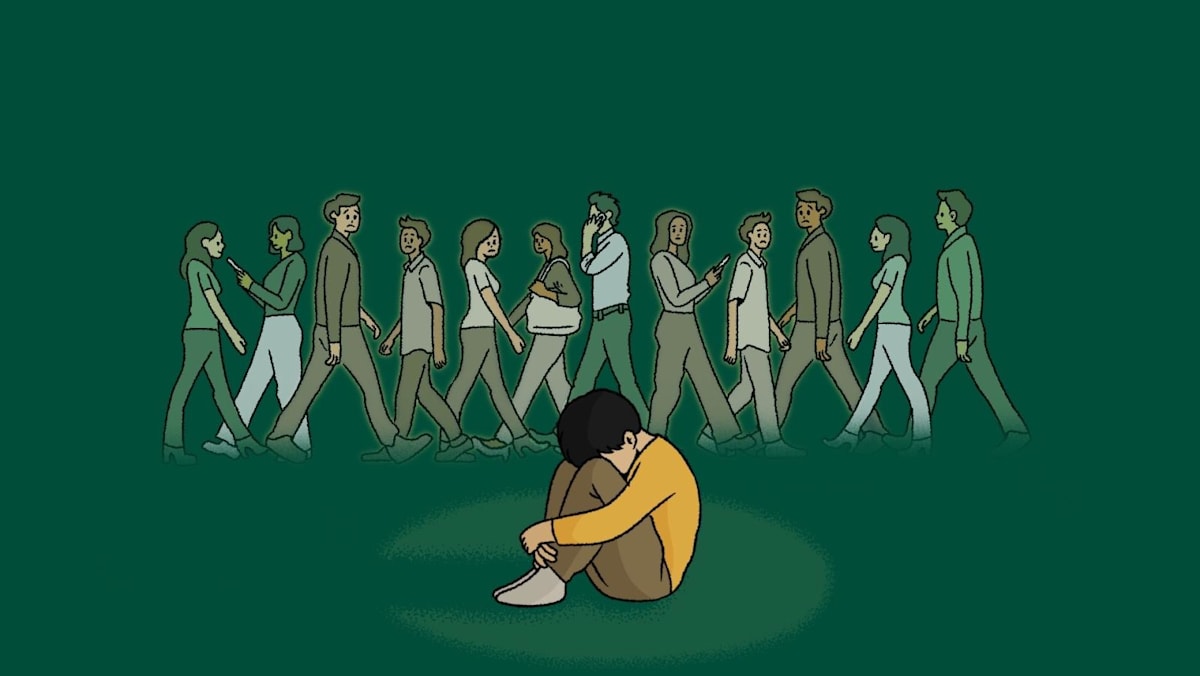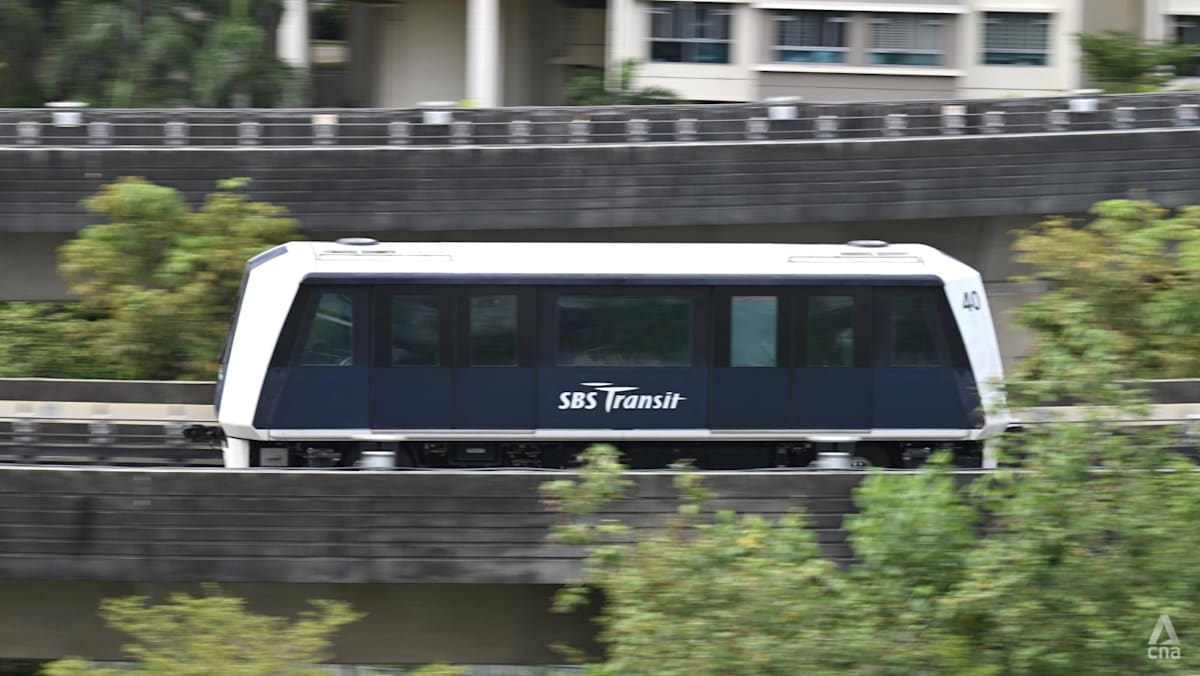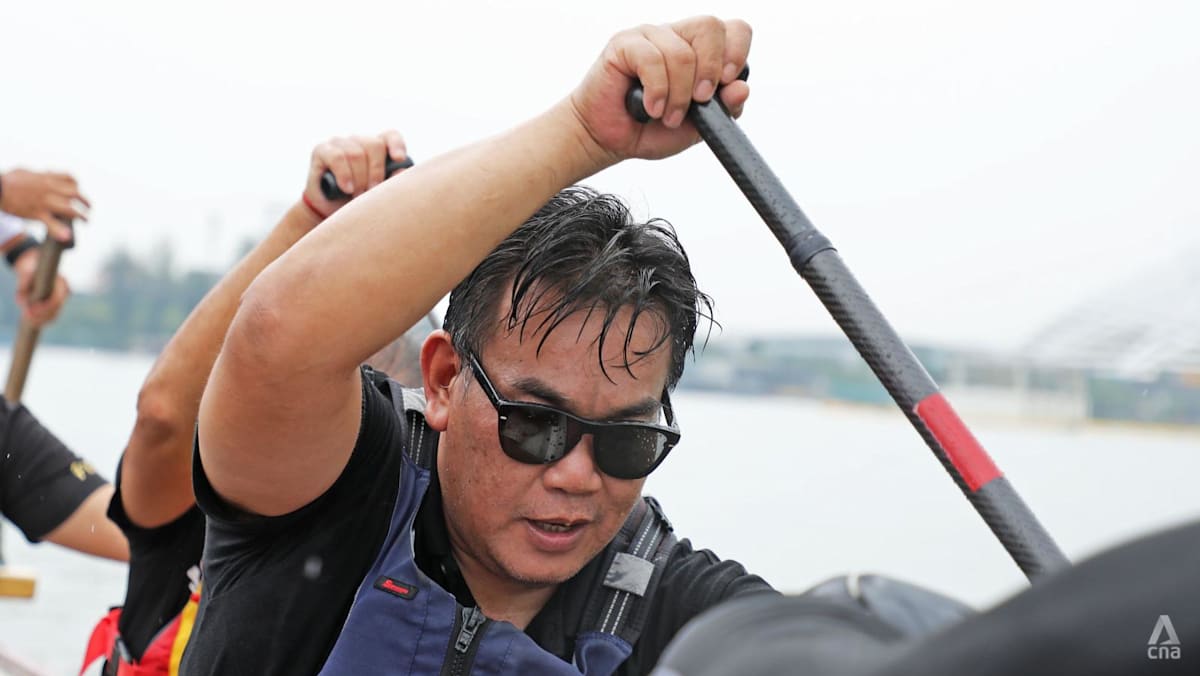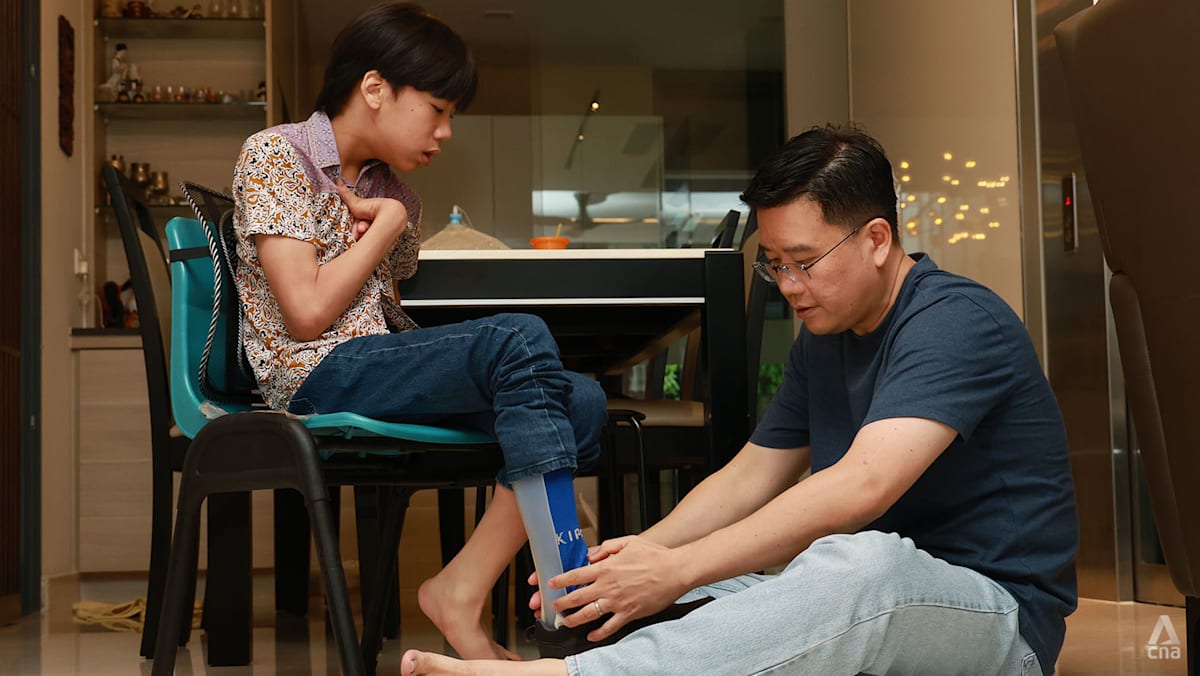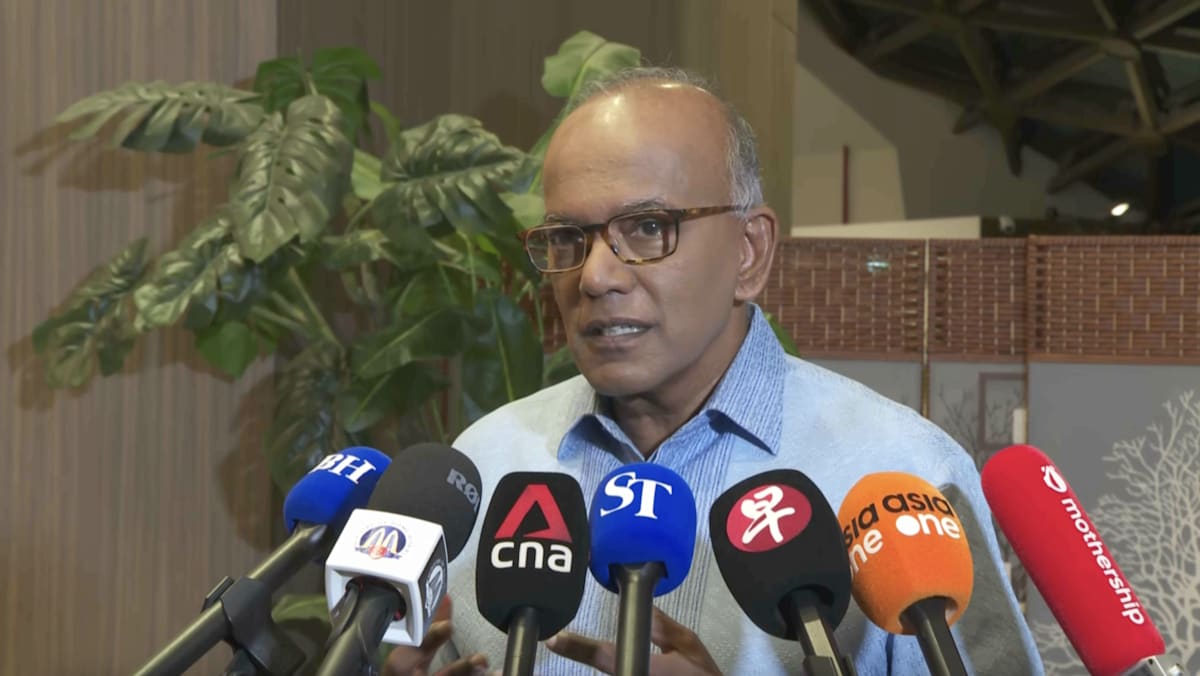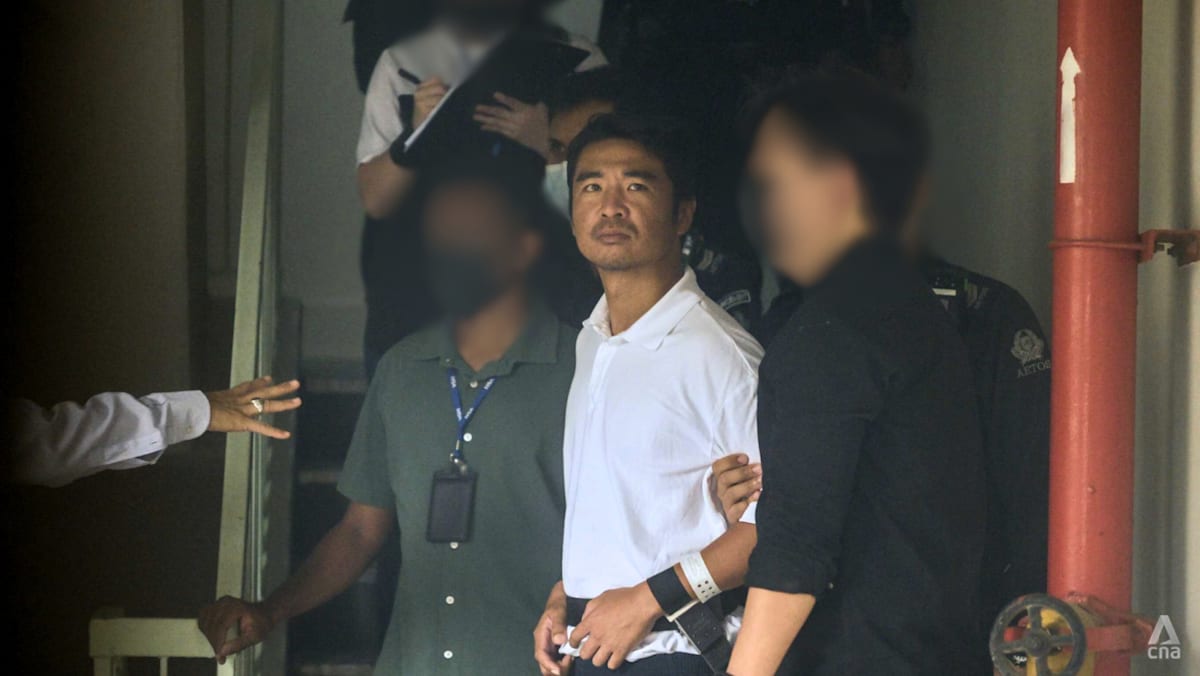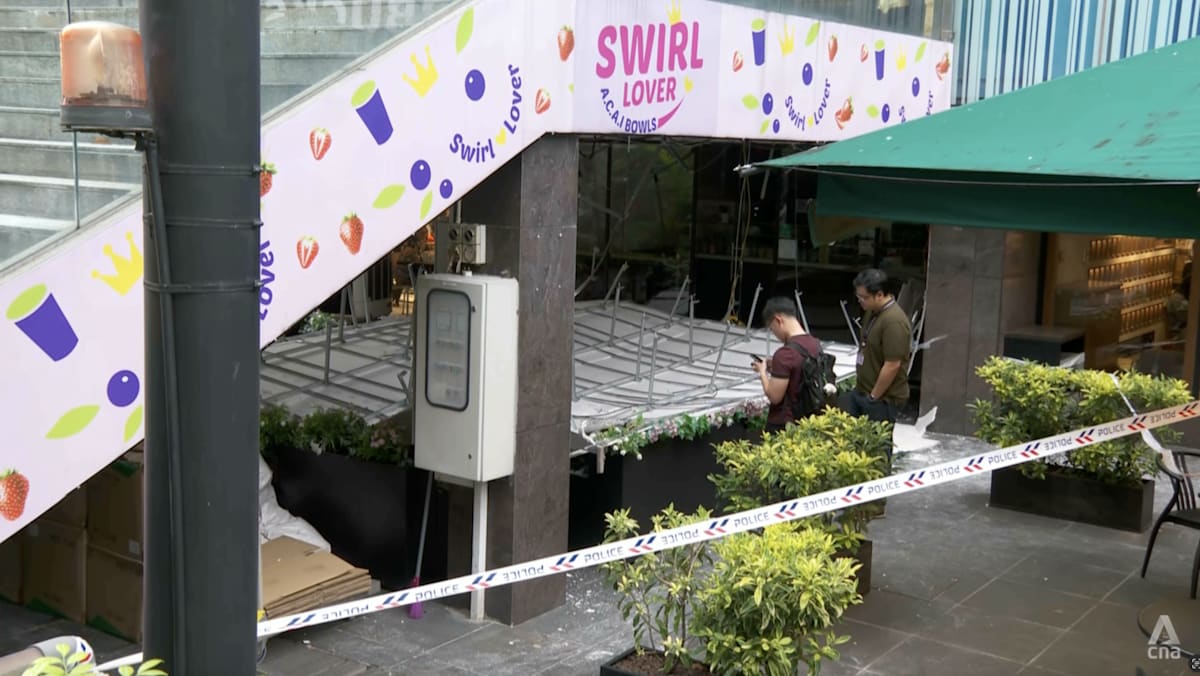TO ACT OR NOT TO ACT
Even with training or experience, many bystanders who have been spurred to action told CNA TODAY that they still feel a surge of fear in the moment, but the confidence of knowing what to do can be enough to overcome that feeling.
In 2021, Ms Lim the healthcare worker was at home when she heard a loud crash. Looking down from her flat, she saw a delivery rider sprawled on the road after colliding with a taxi. She hesitated briefly before gathering her stethoscope, some plasters and alcohol wipes, and rushing down.
“I found myself trembling a little bit,” said Ms Lim. Even though she is used to seeing some blood in her line of duty, she said she still felt some fear and hesitation.
Once at the scene, her first aid training kicked in. She checked that the rider was alert, asked if he was giddy or in pain, and cleaned his bleeding wounds before tying a clean T-shirt she had with her around his knee to slow the blood loss.
“I asked if he could move his legs to make sure there wasn’t a fracture, but I didn’t want to move him too much until the ambulance came,” she said.
Mr Yat Muhammad Noor is another person whose skills and training gave him the confidence to overcome initial fears and step into a dangerous situation to help someone.
Back in 2015, it was past midnight when Mr Yat heard a woman’s screams while he was passing by an alley near Cineleisure mall in Orchard, after watching a late-night film at Cathay Cineplex.
Alarmed, the then 28-year-old Mr Yat hurried over and saw two “huge” men holding the woman down, while a third was raining blows on her. A group of about five bystanders stood frozen nearby, he said.
“Instead of helping, one of them took out their mobile phone and started recording the whole thing. I think they just didn’t want to be part of it and were scared (the men) would retaliate,” he said.
Mr Yat, who works in the shipping industry, had trained in the Japanese martial art of aikido from the age of 13 and spent several years competing in semi-professional boxing. He said his background gave him the confidence to confront the men.
Though nervous, he felt he had no choice but to act. After telling his companion to call the police, he entered the fray, knocking one assailant unconscious, fending off the others, and ultimately disarming a knife-wielding attacker.
“I told myself, if I don’t do anything, this girl might die,” he recalled. Mr Yat said the woman’s white top was soaked with blood.
Looking back, Mr Yat said it was an extreme case and he could understand why someone would not want to get involved. Still, at that moment, he felt he had done the right thing, even at the risk of his own life.
While such a life-or-death situation may not be common, smaller, everyday emergencies can also benefit from quick action.
For Ms Lim, her CPR training prompted her to sign up for the myResponder app, which alerts the public to nearby incidents such as minor fires or suspected cardiac arrests. The app is run by the Singapore Civil Defence Force (SCDF).
Similarly, in July, Mr Muhammad Syimir Mohd Daud, 30, and Mr Mohammad Zaim Abdul Ghani, 42, used a hose reel to extinguish a refuse chute fire at a housing block around Guan Road after receiving a myResponder alert, before SCDF arrived.
They were later honoured with the SCDF Community First Responder Award.
Like Mr Shafik, the duo said their national service and reservist training in skills such as CPR, AED and fire safety gave them the confidence to step in and put out the fire.
Mr Zaim, a freelance nurse, said that when it comes to using an AED, proper training is essential to avoid endangering oneself and others.
“If you’re trained, join programmes like myResponder or Community First Responders, because every additional person adds to the pool of people ready to respond when needed,” he said.
